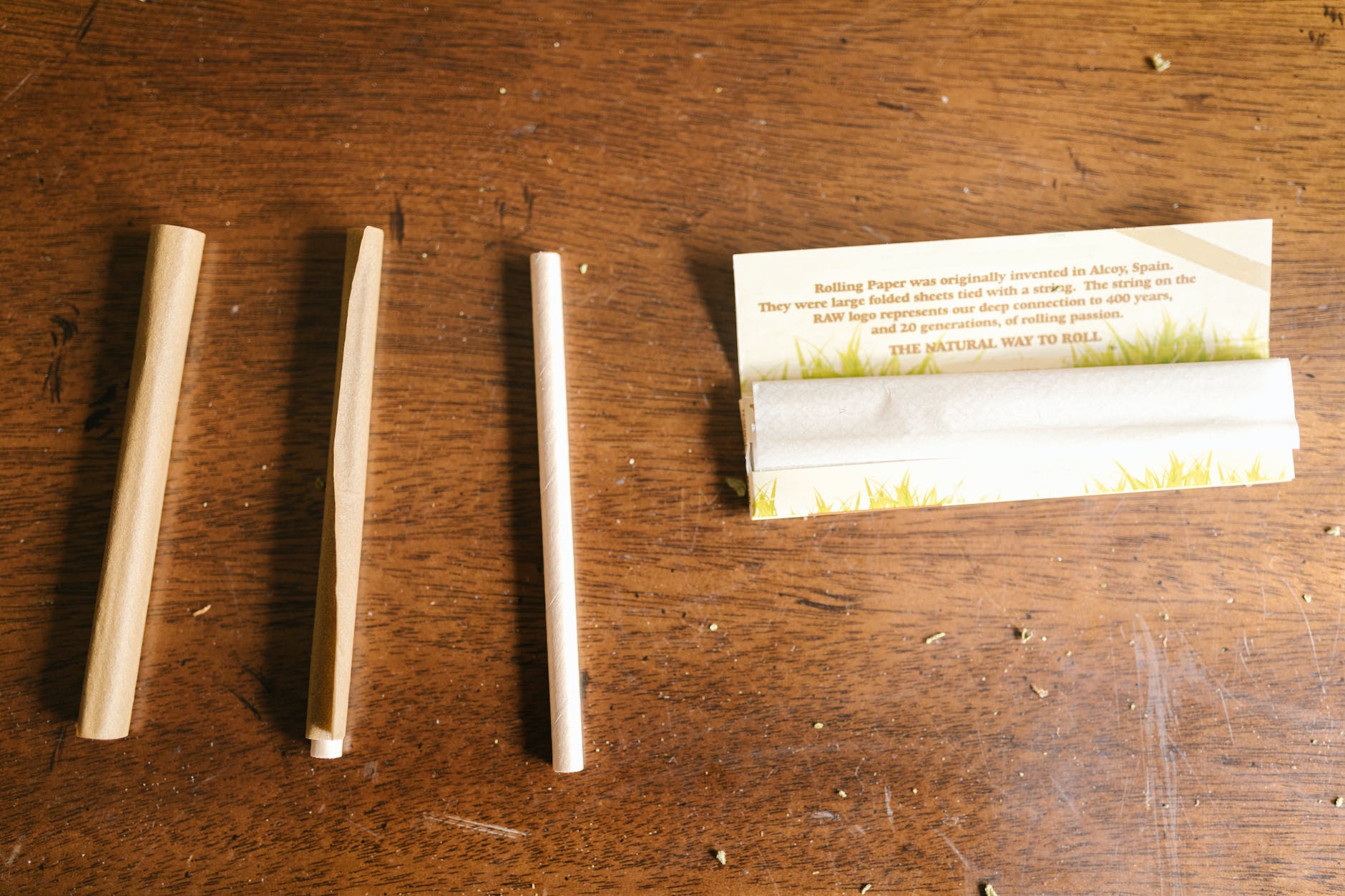The use of cannabis in the culinary world has evolved far beyond the old stereotype of brownies and cookies. As the popularity of edibles has increased, creative home cooks and professional chefs alike have begun creating unique and flavorful cannabis-infused recipes that cater to a variety of palates.
1. Proper THC Dosage and Potency
When cooking with cannabis, it’s essential to calculate the appropriate THC dosage for your edibles to avoid potential negative side effects from consuming too much. This will depend on factors such as the potency of your cannabis strain and the desired strength of the final product. Start with a small dose and slowly increase it based on your tolerance and preference. Always label your edibles with their THC content, and store them in a secure location to prevent accidental consumption by children or pets.
2. Choosing Your Cannabis Ingredients: Cannabutter and Cannabis Oil
There are a variety of forms of cannabis that can be used in cooking, including flowers, kief, and extracts. However, the most common and versatile options are cannabutter and cannabis oil.
Cannabutter is created by infusing butter with cannabis, while cannabis oil is typically made by combining an oil such as coconut oil or olive oil with cannabis. Both cannabutter and cannabis oil can be used as a substitute for regular butter or oil in most recipes, making it easy to incorporate cannabis into your favorite dishes.
Homemade cannabutter and cannabis oil can be easily prepared by simmering the cannabis and butter or oil together at a low temperature for a few hours, then straining out the plant matter. The resulting product can be used immediately or stored in the refrigerator or freezer for future use.
3. Decarboxylation: Activating the Cannabis
Before you can use cannabis in your cooking, it’s essential to activate its psychoactive effects through a process known as decarboxylation. This involves heating the cannabis to a specific temperature for a set period of time, converting the non-psychoactive THCA in the plant into the psychoactive THC compound.
Decarboxylation can be achieved by spreading your cannabis evenly on a baking sheet and heating it in a preheated oven at 240°F (115°C) for approximately 40-50 minutes. The cannabis should be lightly golden and crumbly when finished. Once decarboxylated, the cannabis is ready to be used in your cannabutter, cannabis oil, or other infused recipes.
4. Mastering the Cooking Techniques
There are numerous cooking techniques that can be applied when creating cannabis-infused dishes, from baking to frying to simmering. When incorporating cannabis into your cooking, it’s crucial to maintain a low heat to ensure that the THC does not degrade or evaporate. Ideally, cannabis should be cooked at a temperature of 200°F to 300°F (93°C to 149°C).
It’s also important to mix your cannabis-infused ingredients thoroughly and evenly throughout your dish to ensure a consistent dose in each serving.
5. Exploring Cannabis Food Pairings
Cannabis’s unique flavor profiles can complement and enhance your culinary creations. When selecting ingredients for your cannabis-infused recipes, consider how the terpenes in your chosen strain will interact with other flavors in the dish. For example, a strain high in limonene, a citrusy terpene, may pair well with a zesty salad dressing, while a strain with earthy, herbal notes might complement a savory roast or stew. Don’t be afraid to experiment with different cannabis food pairings to discover new flavor combinations.
6. Expand Your Skills with Cannabis Cooking Classes
If you’re looking to improve your cannabis cooking skills, consider enrolling in a cannabis cooking class. These classes can teach you everything from basic infusion techniques to advanced methods for creating gourmet cannabis-infused dishes. Many classes also provide guidance on calculating THC dosage and offer insights into the science behind the culinary use of cannabis.
In conclusion, cooking with cannabis can be a rewarding and enjoyable way to expand your culinary skills and enjoy the benefits of this versatile plant. By understanding the basics of THC dosage, decarboxylation, cooking techniques, and food pairings, you’ll be well on your way to creating delicious and memorable cannabis-infused dishes.
